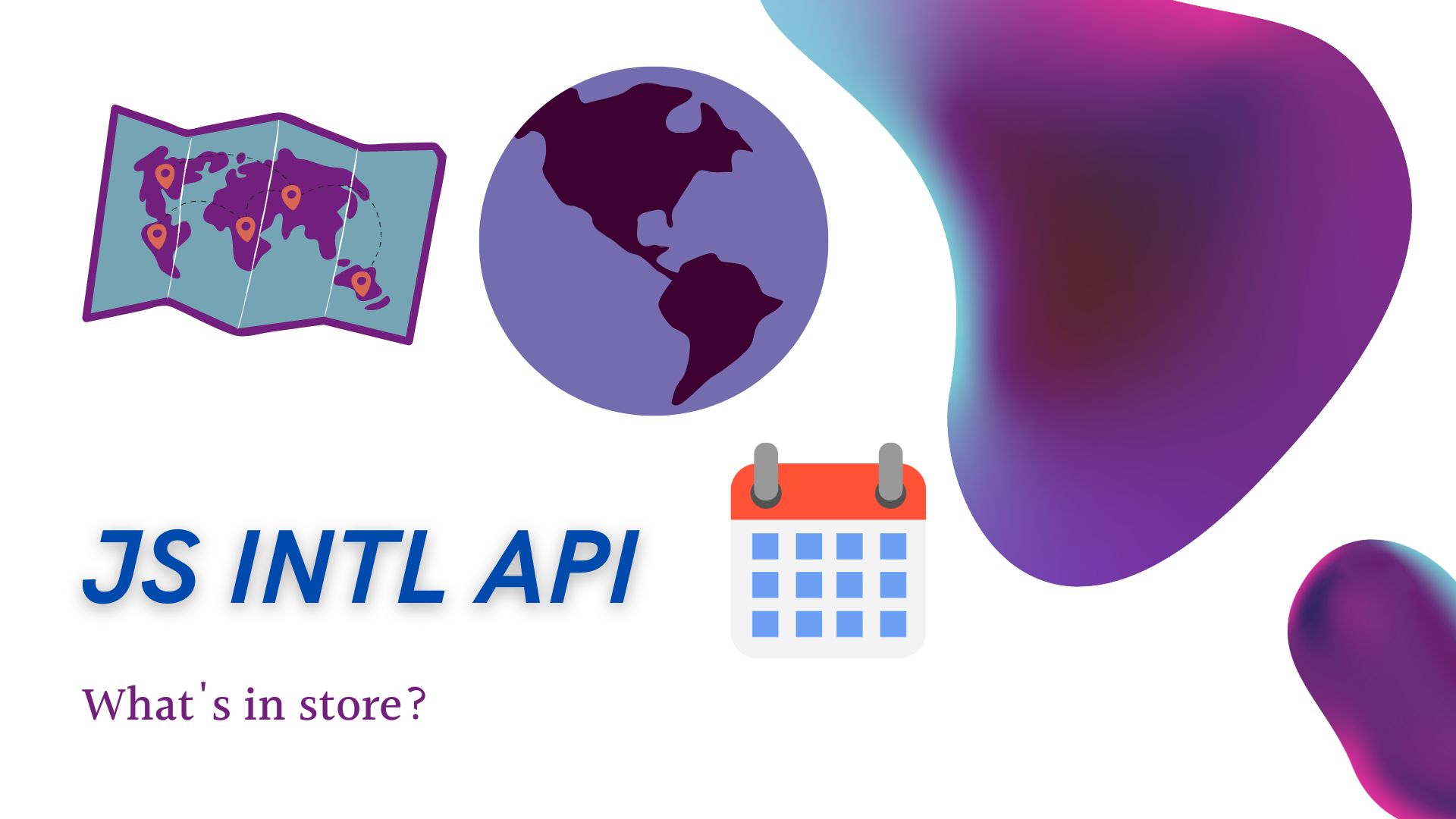Welcome to this in-depth exploration of the Javascript Internationalization (Intl) API! In today’s globalized world, it’s more important than ever to create applications that cater to a diverse range of languages, cultures, and time zones. The Javascript Intl API is a powerful tool that enables developers to easily format and display content in a user-friendly way, regardless of the language or region.
In this blog post, we will cover the following topics:
- What is the Javascript Intl API?
- Key features of the Intl API
- How to use the Intl API: Examples and use cases
- Browser compatibility and polyfills
- Conclusion
1. What is the Javascript Intl API?
The Javascript Intl API is a built-in object that provides a set of constructors and methods for formatting and parsing internationalized content. It was introduced in ECMAScript Internationalization API Specification (ECMA-402) to help developers create applications that work seamlessly across different languages and regions.
The Intl API is designed to be easy to use, efficient, and extensible, allowing developers to create applications that can be easily adapted to different languages and cultural conventions.
2. Key features of the Intl API
The Intl API offers a variety of features to help developers format and display content in a user-friendly way. Some of the key features include:
2.1 Number formatting
The Intl.NumberFormat constructor allows developers to format numbers according to specific language and regional conventions. This includes formatting currency, percentages, and large numbers with appropriate separators.
2.2 Date and time formatting
The Intl.DateTimeFormat constructor enables developers to format dates and times according to specific language and regional conventions. This includes displaying dates in various formats, adjusting for time zones, and formatting relative time (e.g., “2 days ago”).
2.3 Collation
The Intl.Collator constructor provides a way to compare strings according to specific language and regional conventions. This is useful for sorting lists, searching for specific items, or determining if two strings are equivalent.
2.4 Plural rules
The Intl.PluralRules constructor allows developers to determine the appropriate plural form for a given language and number. This is particularly useful for displaying localized content that depends on the quantity of items (e.g., “1 item” vs. “2 items”).
2.5 Relative time formatting
The Intl.RelativeTimeFormat constructor provides a way to format relative time (e.g., “2 days ago” or “in 3 hours”) according to specific language and regional conventions.
3. How to use the Intl API: Examples and use cases
Now that we’ve covered the key features of the Intl API, let’s dive into some examples and use cases to see how it can be used in practice.
3.1 Number formatting
To format a number, create a new instance of the Intl.NumberFormat constructor and call the format() method. Here’s an example of how to format a currency value in US dollars:
const formatter = new Intl.NumberFormat('en-US', {
style: 'currency',
currency: 'USD',
});
console.log(formatter.format(1234.56)); // Output: "$1,234.56"3.2 Date and time formatting
To format a date or time, create a new instance of the Intl.DateTimeFormat constructor and call the format() method. Here’s an example of how to display a date in the “month day, year” format:
const formatter = new Intl.DateTimeFormat('en-US', {
year: 'numeric',
month: 'long',
day: 'numeric',
});
const date = new Date(2021, 0, 1);
console.log(formatter.format(date)); // Output: "January 1, 2021"3.3 Collation
To compare strings, create a new instance of the Intl.Collator constructor and call the compare() method. Here’s an example of how to sort an array of strings alphabetically:
const collator = new Intl.Collator('en-US');
const strings = ['apple', 'banana', 'cherry'];
strings.sort(collator.compare);
console.log(strings); // Output: ["apple", "banana", "cherry"]3.4 Plural rules
To determine the appropriate plural form for a given language and number, create a new instance of the Intl.PluralRules constructor and call the select() method. Here’s an example of how to display the correct plural form for a given quantity:
const pluralRules = new Intl.PluralRules('en-US');
const quantity = 2;
const pluralForm = pluralRules.select(quantity);
console.log(`You have ${quantity} ${pluralForm} items.`); // Output: "You have 2 few items."3.5 Relative time formatting
To format relative time, create a new instance of the Intl.RelativeTimeFormat constructor and call the format() method. Here’s an example of how to display the time elapsed since a given date:
const relativeTimeFormatter = new Intl.RelativeTimeFormat('en-US');
const daysElapsed = -2;
console.log(relativeTimeFormatter.format(daysElapsed, 'day')); // Output: "2 days ago"4. Browser compatibility and polyfills
The Intl API is supported in most modern browsers, including Chrome, Firefox, Safari, and Edge. However, it may not be available in older browsers or certain environments, such as Internet Explorer or Node.js.
To ensure compatibility across different platforms, developers can use polyfills like intl or formatjs to provide fallback implementations of the Intl API.
5. Conclusion
We’ve explored the Javascript Intl API and its key features, including number formatting, date and time formatting, collation, plural rules, and relative time formatting. By leveraging the power of the Intl API, developers can create applications that are more accessible and user-friendly for a global audience.
As the world becomes increasingly interconnected, it’s essential for developers to embrace internationalization and localization in their applications. The Javascript Intl API provides a powerful, easy-to-use toolset for achieving this goal, allowing developers to create more inclusive and engaging experiences for users around the world.



